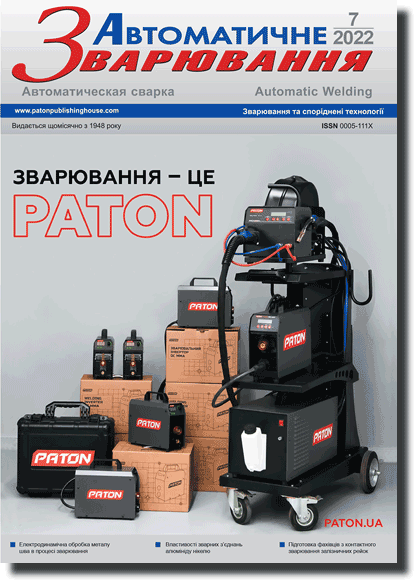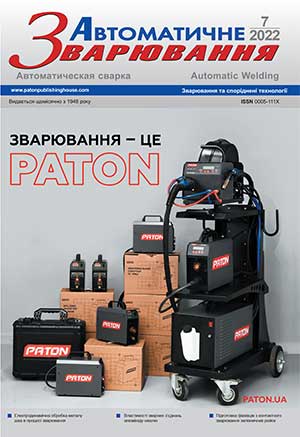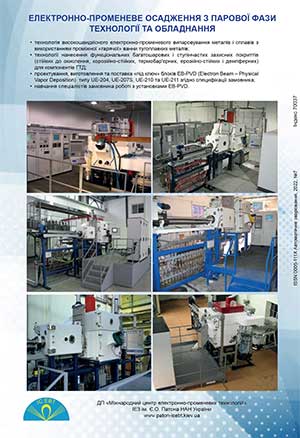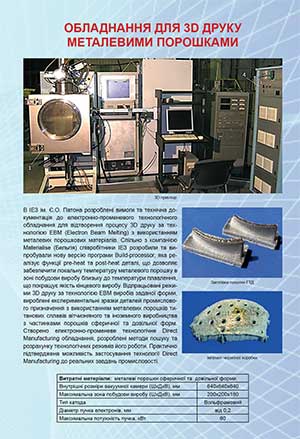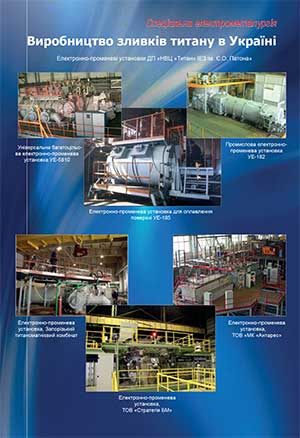| 2022 №07 (03) |
DOI of Article 10.37434/as2022.07.04 |
2022 №07 (05) |
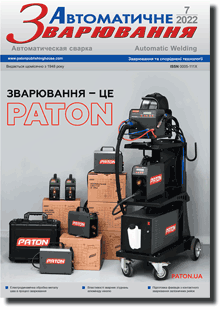
"Avtomatychne Zvaryuvannya" (Automatic Welding), #7, 2022, pp. 26-31
Application of a layered composite material based on aluminium and titanium alloys to produce welded three-layer honeycomb panels
L.V. Petrushinets1, Yu.V. Falchenko1, O.O. Novomlynets2, V.E. Fedorchuk11
1E.O. Paton Electric Welding Institute of the NAS of Ukraine. 11 Kazymyr Malevych Str., 03150, Kyiv, Ukraine. E-mail: office@paton.kiev.ua
2Chernigiv National Technological University. 95 Shevchenko Str., 14035, Chernigiv, Ukraine. E-mail: oon1@ukr.net
The paper presents the results of studies on production of layered composite materials, based on aluminium and titanium alloys, by vacuum diff usion welding, with a broad range of specifi c weight values, which is achieved due to diff erent layer ratio in each of the composites. Based on a layered composite material, a procedure was proposed for manufacture of three-layer honeycomb panels by vacuum diff usion welding. It is found that the average compressive strength of the three-layer panel with a fi ller from a layered composite material based on Al–Ti alloys is equal to 47.3 MPa, that is four times higher that the strength of similar honeycomb elements made from an aluminium alloy. It is shown that the layered material has higher thermal stability, compared to aluminium alloys. Sample annealing at the temperature of 700 °С for 30 min does not lead to their early destruction or loss of shape. 8 Ref., 3 Tabl., 7 Fig.
Keywords: aluminium, titanium, foil, joint, layered composite material, vacuum diff usion welding, three-layer honeycomb panels
Received: 02.06.2022
References
1. Bitzer, T. (1997) Honeycomb Technology. Materials, Design, Manufacturing, Applications And Testing. Springer-Science+ Business Media Dordrecht.2. Bashurin, A.V., Mastikhin, E.Yu., Kolmykov, V.I. (2010) Diff usion welding of hollow bimetal panels. Zagotovitelnye Proizvodstva v Mashinostroenii, 1, 13-15 [in Russian].
3. Jafarian, H.R., Mahdavian, M.M., Shams, S.A.A., Eivani, A.R. (2021) Microstructure analysis and observation of peculiar mechanical properties of Al/Cu/Zn/Ni multi-layered composite produced by Accumulative-Roll-Bonding (ARB). Materials Science and Engineering: A, 805, 140556. https://doi.org/10.1016/j.msea.2020.140556
4. Falchenko, Iu.V., Petrushynets, L.V., Polovetskii, E.V. (2020) Peculiarities of producing layered metal composite materials on aluminium base. The Paton Welding J., 4, 11-21. https://doi.org/10.37434/tpwj2020.04.02
5. Falchenko, Iu.V., Petrushynets, L.V., Polovetskyi, Ye.V. (2020) Peculiarities of producing Al-Ti bimetal sheet joints by the method of vacuum diff usion welding. The Paton Welding J., 8, 25-28. https://doi.org/10.37434/tpwj2020.08.04
6. Zongwen, Li, Jianxun, Ma. (2020) Experimental Study on Mechanical Properties of the Sandwich Composite Structure Reinforced by Basalt Fiber and Nomex Honeycomb. Materials, 13(8), 1870. https://doi.org/10.3390/ma13081870
7. Seemann, R. (2020) A Virtual Testing Approach for Honeycomb Sandwich Panel Joints in Aircraft Interior. Springer Vieweg. https://doi.org/10.1007/978-3-662-60276-8
8. Robabeh Jafari, Beitallah Eghbali, Maryam Adhami Materials (2018) Chemistry and Physics Infl uence of annealing on the microstructure and mechanical properties of Ti/Al and Ti/Al/Nb laminated composites. Materials Chemistry and Physics, 213, 313-323. https://doi.org/10.1016/j.matchemphys.2018.04.001
Advertising in this issue:
The cost of subscription/purchase order journals or individual articles
| Journal/Currency | Annual Set | 1 issue printed |
1 issue |
one article |
| TPWJ/USD | 384 $ | 32 $ | 26 $ | 13 $ |
| TPWJ/EUR | 348 € | 29 € | 24 € | 12 € |
| TPWJ/UAH | 7200 UAH | 600 UAH | 600 UAH | 280 UAH |
| AS/UAH | 1800 UAH | 300 UAH | 300 UAH | 150 UAH |
| AS/USD | 192 $ | 32 $ | 26 $ | 13 $ |
| AS/EUR | 180 € | 30 € | 25 € | 12 € |
| SEM/UAH | 1200 UAH | 300 UAH | 300 UAH | 150 UAH |
| SEM/USD | 128 $ | 32 $ | 26 $ | 13 $ |
| SEM/EUR | 120 € | 30 € | 25 € | 12 € |
| TDNK/UAH | 1200 UAH | 300 UAH | 300 UAH | 150 UAH |
| TDNK/USD | 128 $ | 32 $ | 26 $ | 13 $ |
| TDNK/EUR | 120 € | 30 € | 25 € | 15 € |
AS = «Automatic Welding» - 6 issues per year;
TPWJ = «PATON WELDING JOURNAL» - 12 issues per year;
SEM = «Electrometallurgy Today» - 4 issues per year;
TDNK = «Technical Diagnostics and Non-Destructive Testing» - 4 issues per year.





